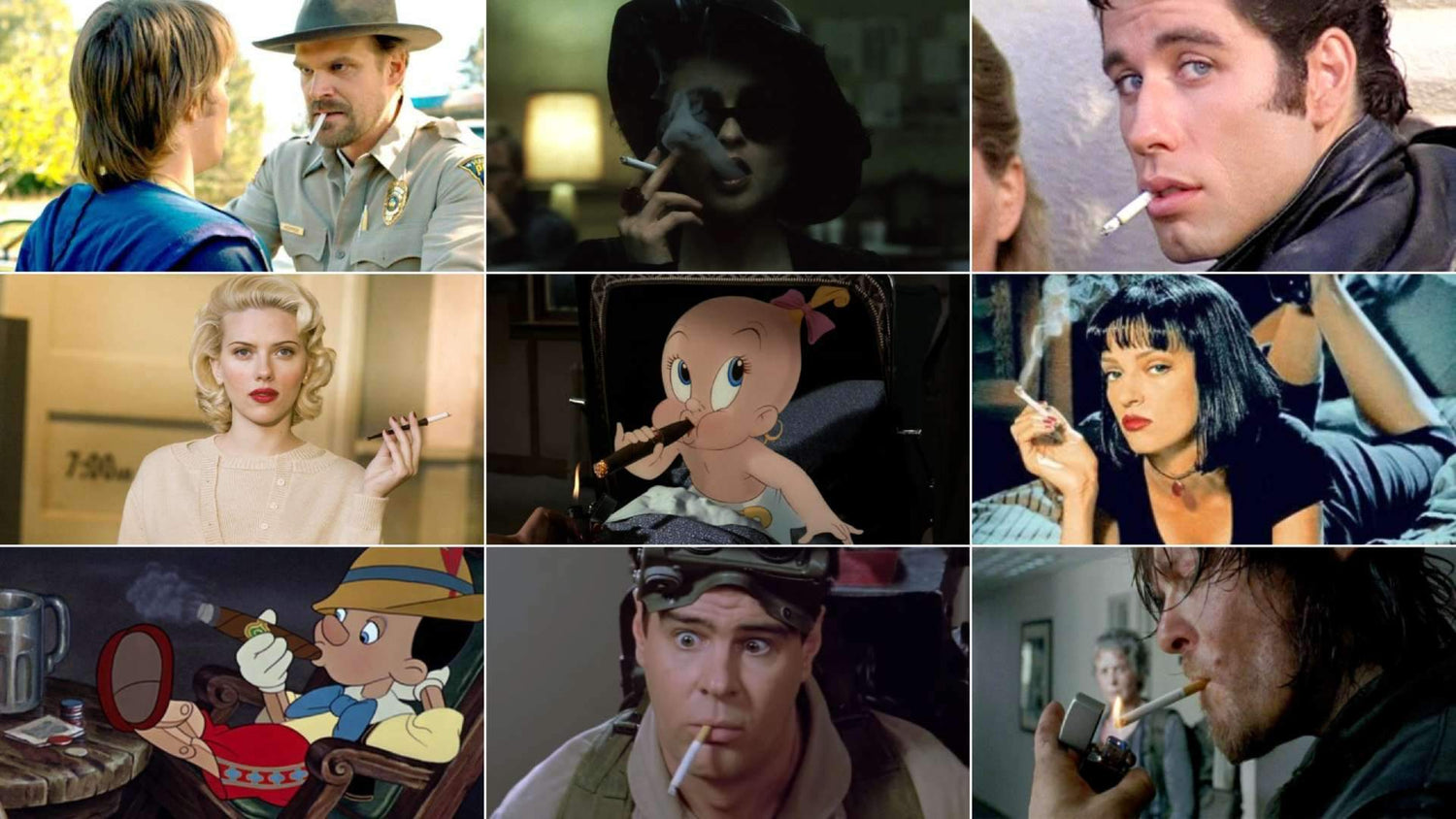Recently, the streaming giant NETFLIX has been called out on its portrayal of smoking in the shows and films that they have on their service. The Truth Initiative found 866 instances of smoking so far on Netflix in 2019. That is almost triple the amount from the previous year, which stands at 299 instances.

The most vocal criticism was aimed towards the third season of Stranger Things. Even though this show is geared towards a more mature audience, youths still find themselves watching stranger things. After all, the majority of the prominent cast members are teenagers themselves.
Since then Netflix released a statement stating,
“Netflix strongly supports artistic expression. We also recognize that smoking is harmful and when portrayed positively on screen can adversely influence young people. Going forward, all new projects that we commission with ratings of TV-14 or below for series or PG-13 or below for films, will be smoking and e-cigarette free — except for reasons of historical or factual accuracy. For new projects with higher ratings, there’ll be no smoking or e-cigarettes unless it’s essential to the creative vision of the artist or because it’s character-defining (historically or culturally important). In addition, starting later this year, smoking information will be included as part of our ratings on the Netflix service so our members can make informed choices about what they watch.”

Netflix’s stance is a strong one. As one of the largest streaming services in the world, Netflix has clout in the entertainment industry, but will this change what has essentially been the norm since the beginning of the film industry?
Smoking on the big screen, or small, has done something.
Back in the day, when the regulations on tobacco companies were nearly nonexistent, smoking advertisements were everywhere and especially in films.
At times, cigarette smoking in a scene was intentional, as it was put in to represent an action or enforce a certain mood in the scene.

Sometimes, smoking gave the actor a rebellious and cool. Other times it emphasized the masculinity of the hero of the story. And of course, cigarettes were used as a representation of sex. This is the black and white movie days, and censorship was very stringent. A couple could not be shown in the same bed at the time, so cigarettes were put in films to sexualize a scene.
Filmmakers made smoking look cool, and you know what? It worked. From Sean Connery’s James Bond to half the cast of Pulp Fiction, cool characters smoked cigarettes. Movie stars made smoking look cool. It was a reinforcement of the edgy, rebellious persona of the character.
And that is also the problem - cigarettes looked cool.
Big tobacco knew it and happily paid the price of admission to have their product featured in films. Brown and Williamson struck a deal with action star Sylvester Stallone and offered him $500,000 to smoke cigarettes in 5 films. The equivalent to about $152,000 today in 2019. This was in the 80’s and Sly was at the height of his powers.
The blatant cigarette advertisement doesn’t stop at over the top action movies.
During the 70’s and 80’s, tobacco companies made it a point to put their products in family movies as well. The popular musical Grease, Who Framed Roger Rabbit and even the kid’s movie The Muppet Movie had cigarettes in their films supplied by Phillip Morris.
The Master Settlement Agreement in 1998 banned tobacco companies from paying filmmakers to advertise their products, but that does not mean the smoking stopped in films.
Based on statistics from pulled from the Center for Disease Control and Prevention, 56% of all PG-13 movies that were released between 2002 and 2018 had some type of tobacco use within it.

This does not just apply to traditional smoking.
As the rise in popularity of E-cigarettes grows, so does the amount of media that contains vaping.
The HBO show Euphoria produced by the Toronto Raptors Superfan Drake is a coming of age tale about a teenage drug addict coping to stay sober. It also includes many instances of vaping within it.
With the entire E-cigarette industry under a microscope, there is 0% chance that Juul, Ruthless, or any other major player in the industry paid for product placement in the show. That would be highly illegal and unethical.
Is this outcry of smoking in entertainment a reaction to the mass media surrounding the teen vaping controversy?
If it is immoral to market towards minors, then why are shows and films promoting it on their own? It’s almost as the media wants to reinforce the stereotype, not knowing the real-life consequences that it might have.
Not all smoking in films and shows has nefarious reasons behind it. Sometimes, it’s for artistic representation. In fact, there is an entire film about the cigarette industry and its marketing practices, and not a single person in the film smokes a single cigarette.
“Thank You for Not Smoking”. An entire movie about cigarettes, and not a single puff. It is an interesting direction taken by a movie about the cigarette industry. The point is, there is nothing put into a movie (or taken out) that isn’t deliberate.

Films are an influential part of society.
Youths, and sometimes adults like to emulate the heroes and characters they see on the screen. With so much many instances of smoking being portrayed, it is not out of the realm of possibility that young viewers were influenced to smoke by the portrayals on-screen.
Netflix’s decision to take a stance and keep tobacco away from youths is a good decision.
Adult viewers have the mental capacity to not be heavily influenced by what they see, but youths are highly impressionable. With studies showing that movies influence youth smoking rates.
Taking smoking out of movies is unnecessary. But the viewers should be warned beforehand if the movie does contain it. There is no doubt that it would be much appreciated by parents and guardians who do not want their children’s media to be saturated with smoke.
The move by Netflix should be applauded because the last thing that should be allowed is the glorification of tobacco use.




Leave a comment
All comments are moderated before being published.
This site is protected by hCaptcha and the hCaptcha Privacy Policy and Terms of Service apply.